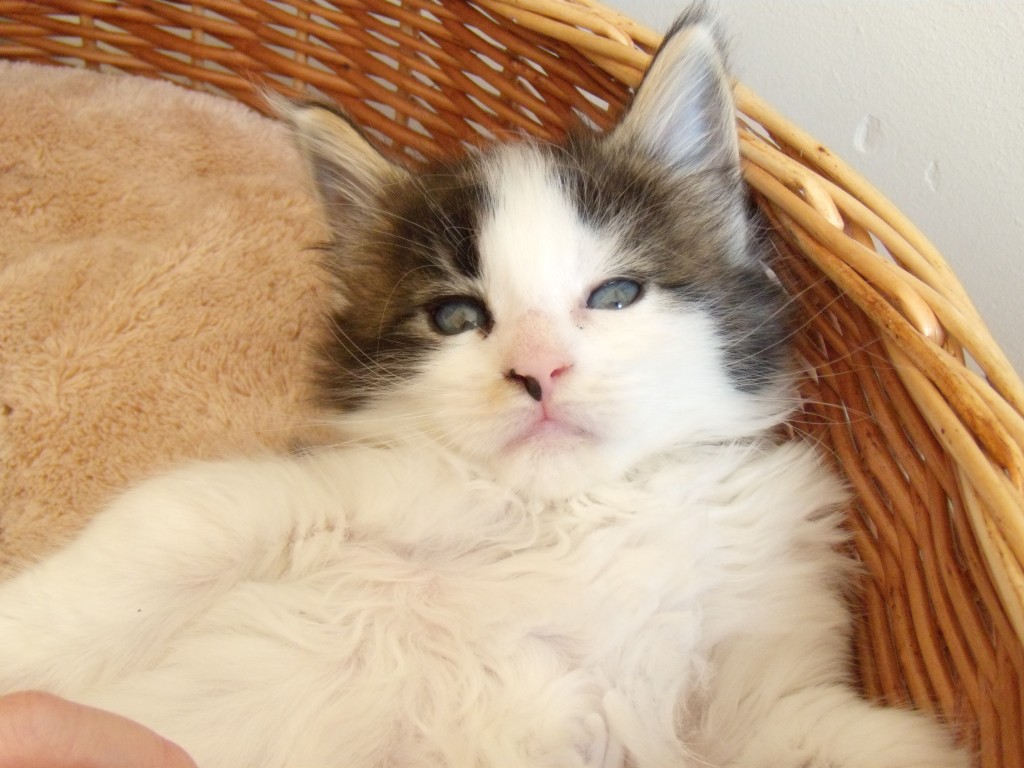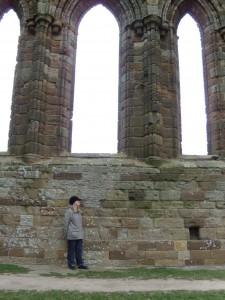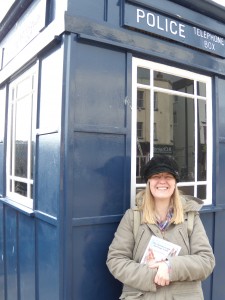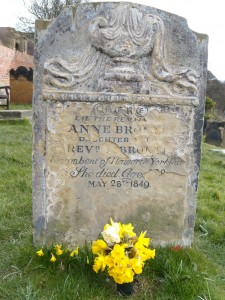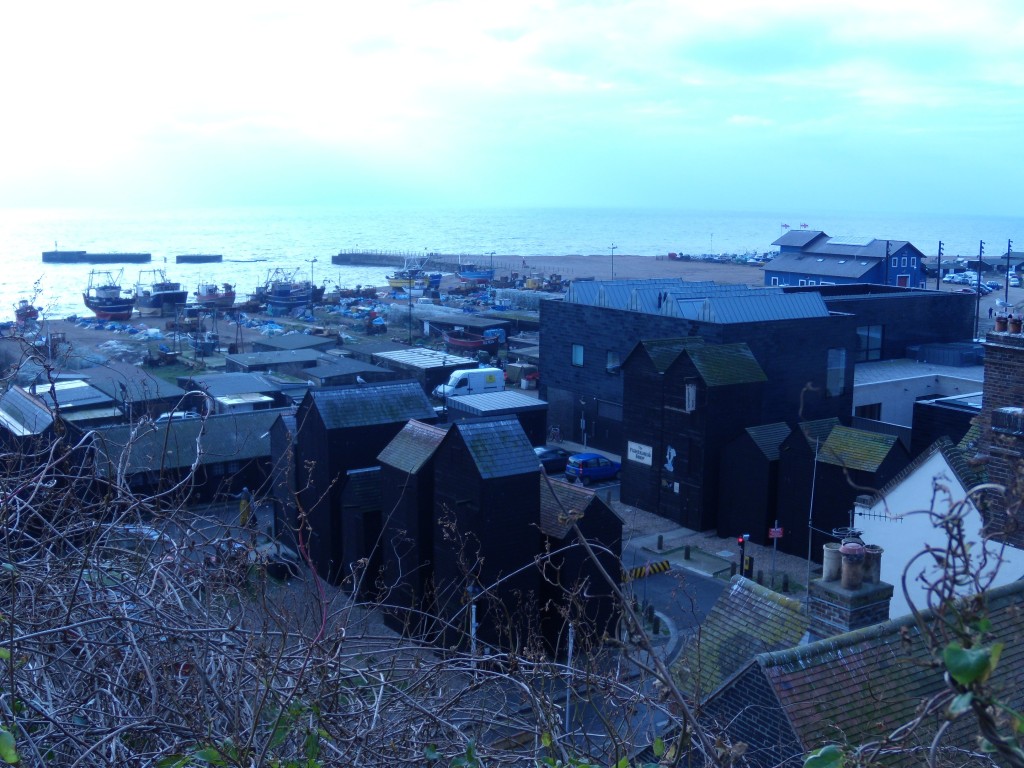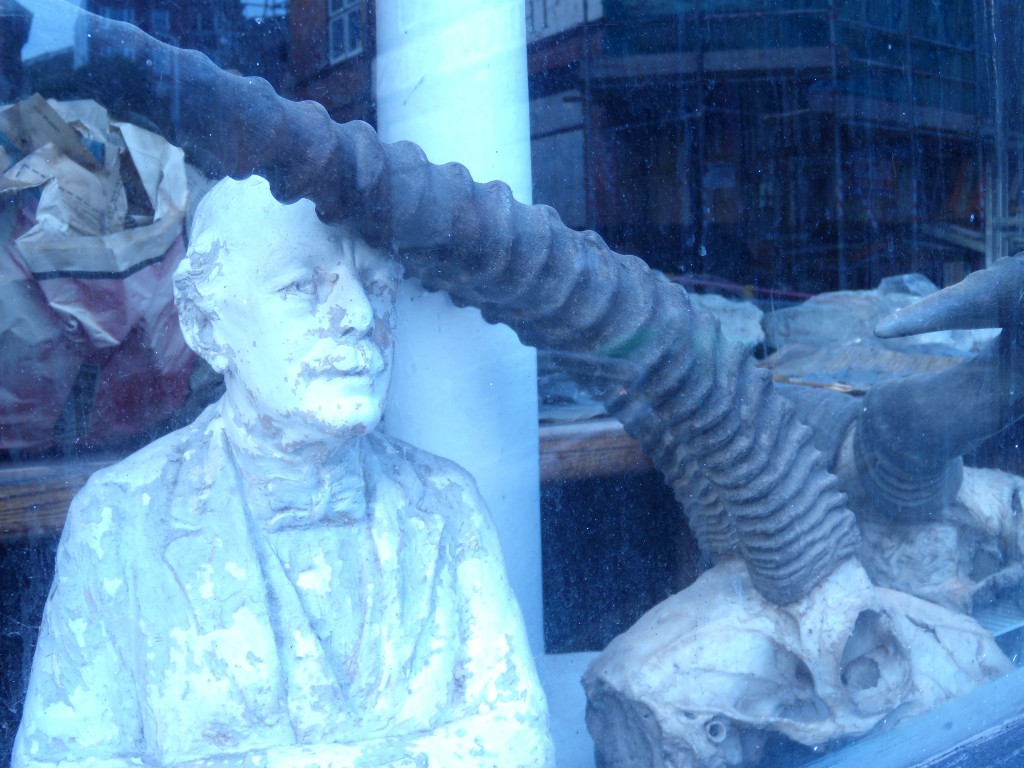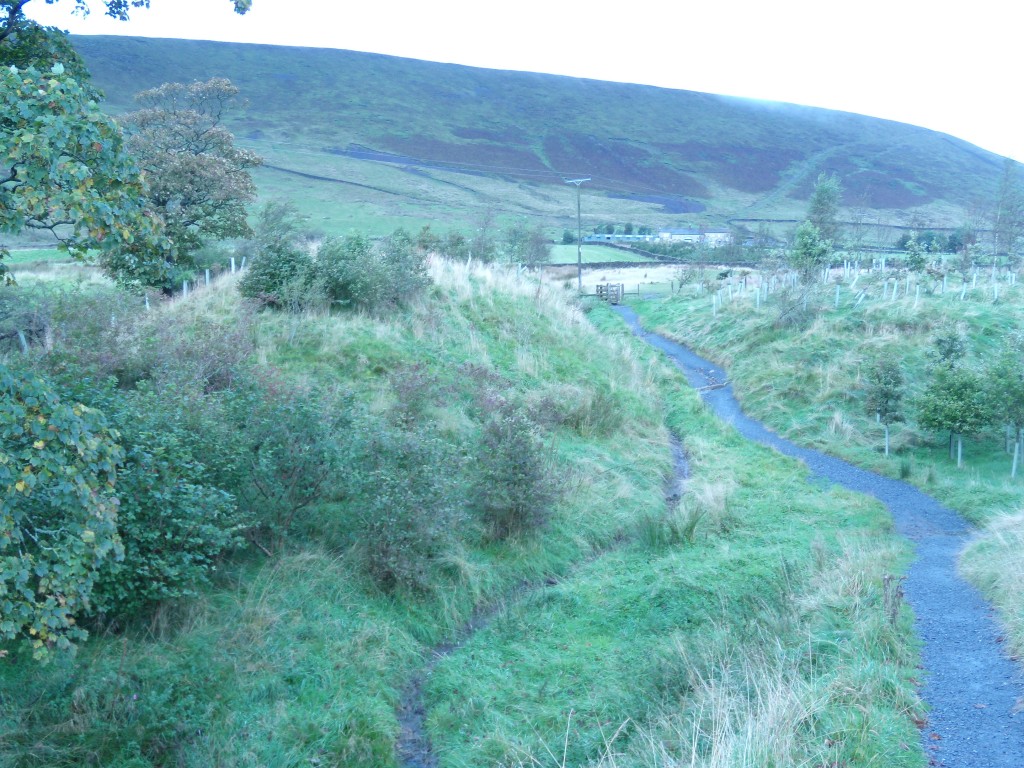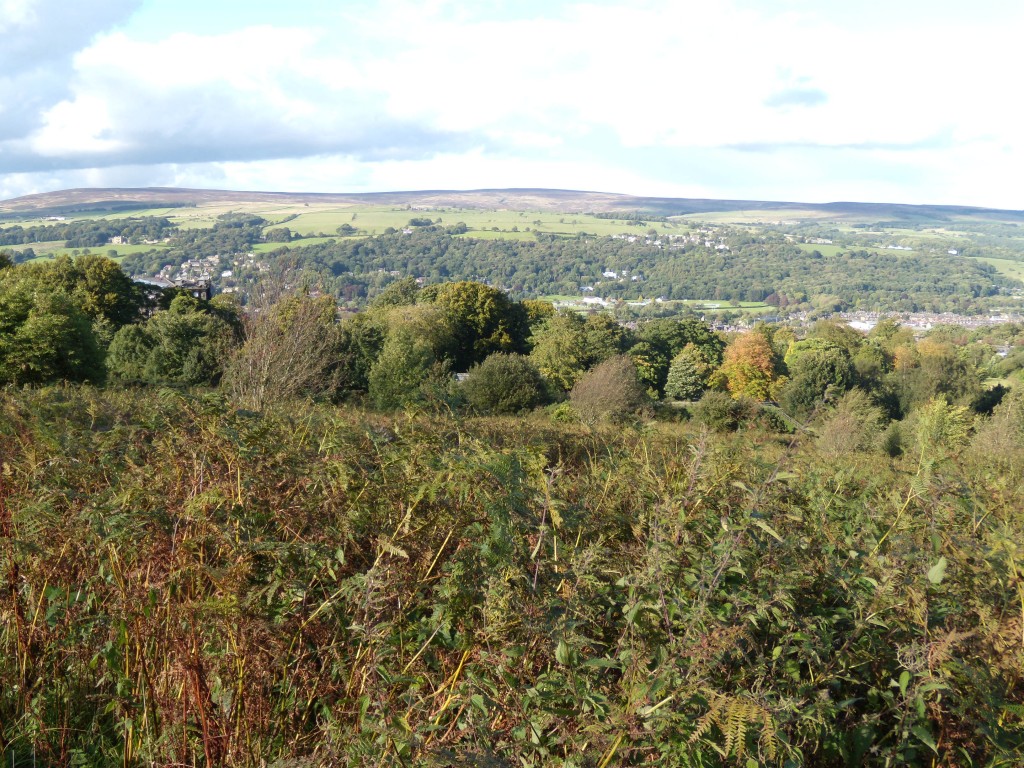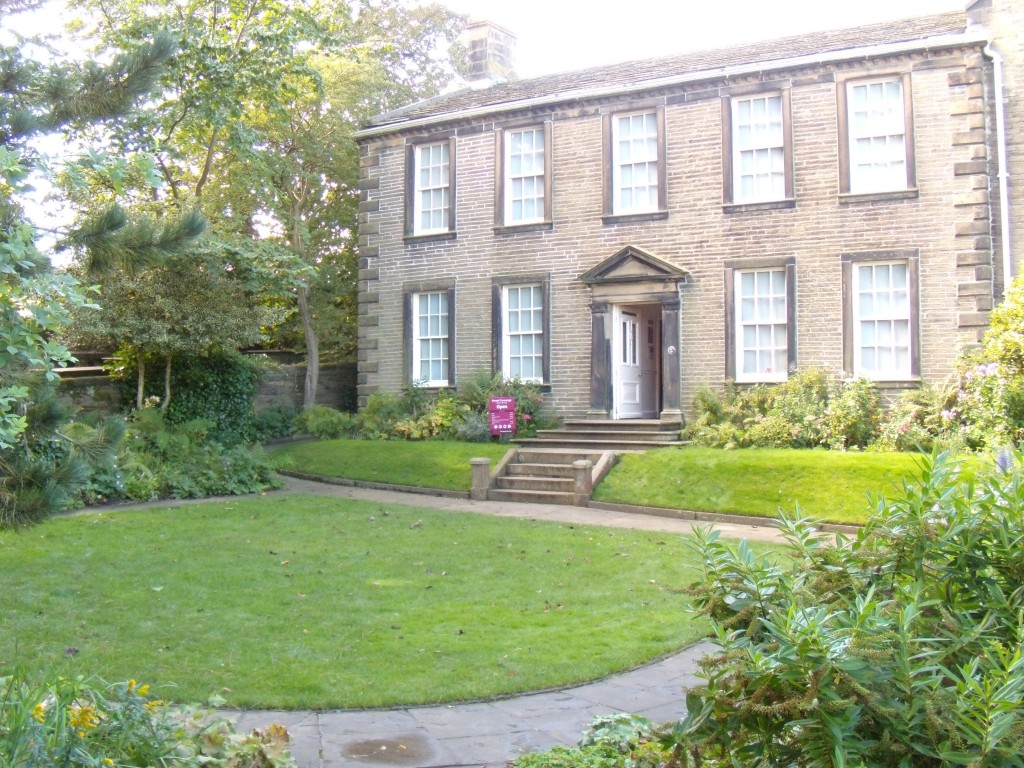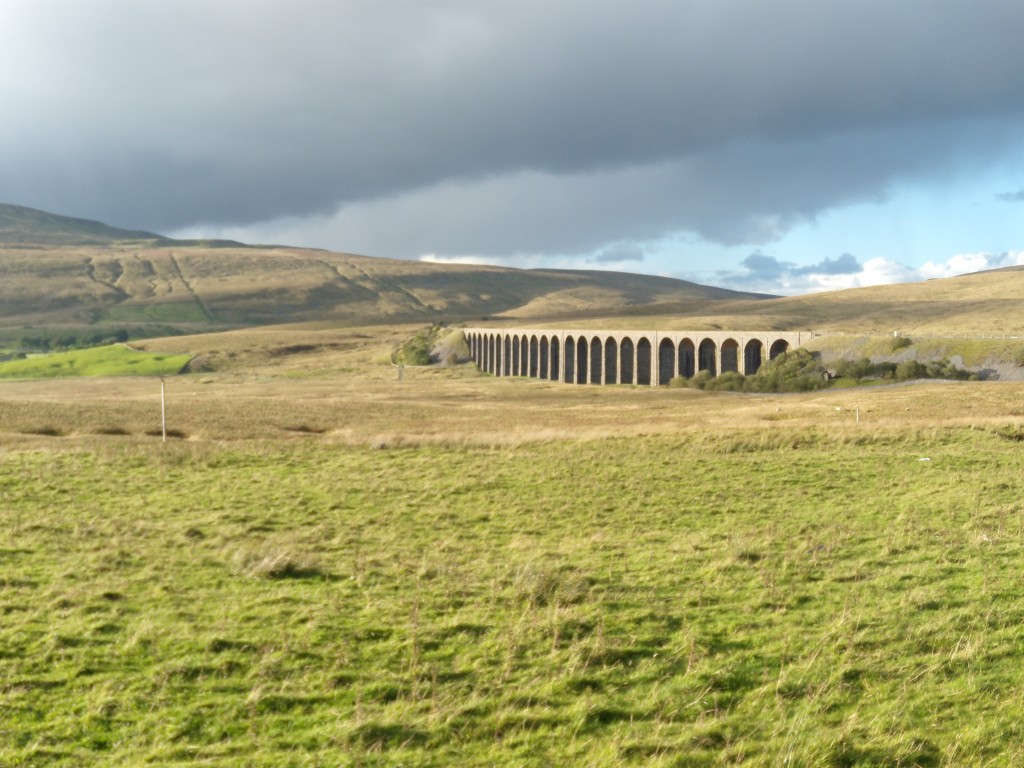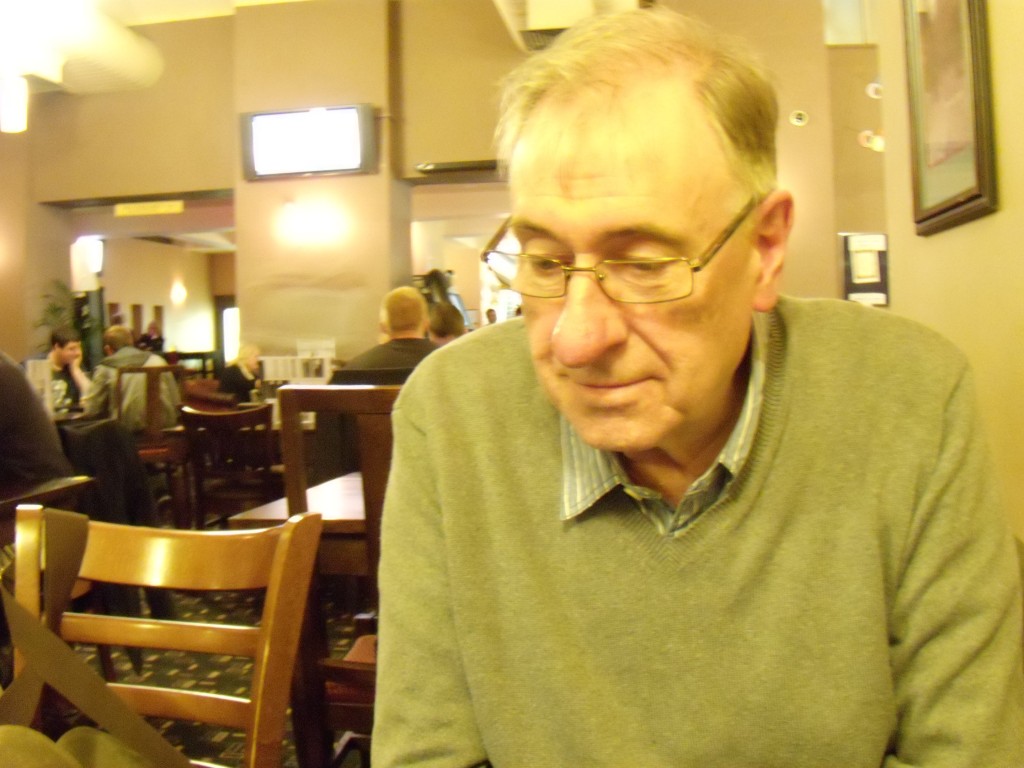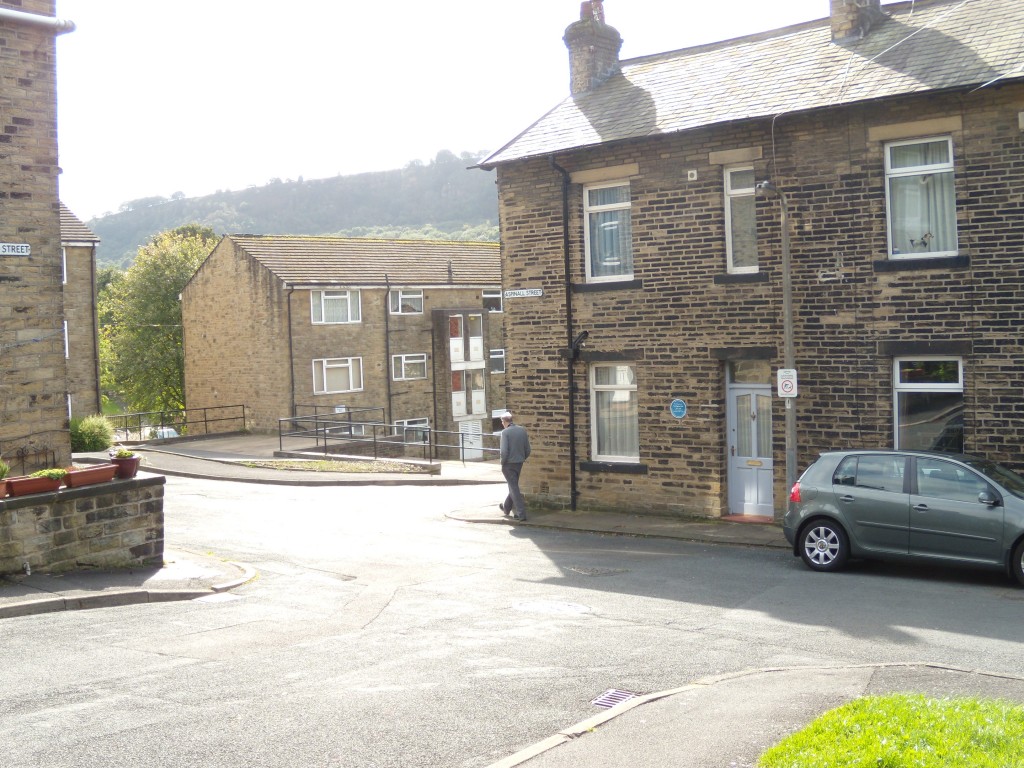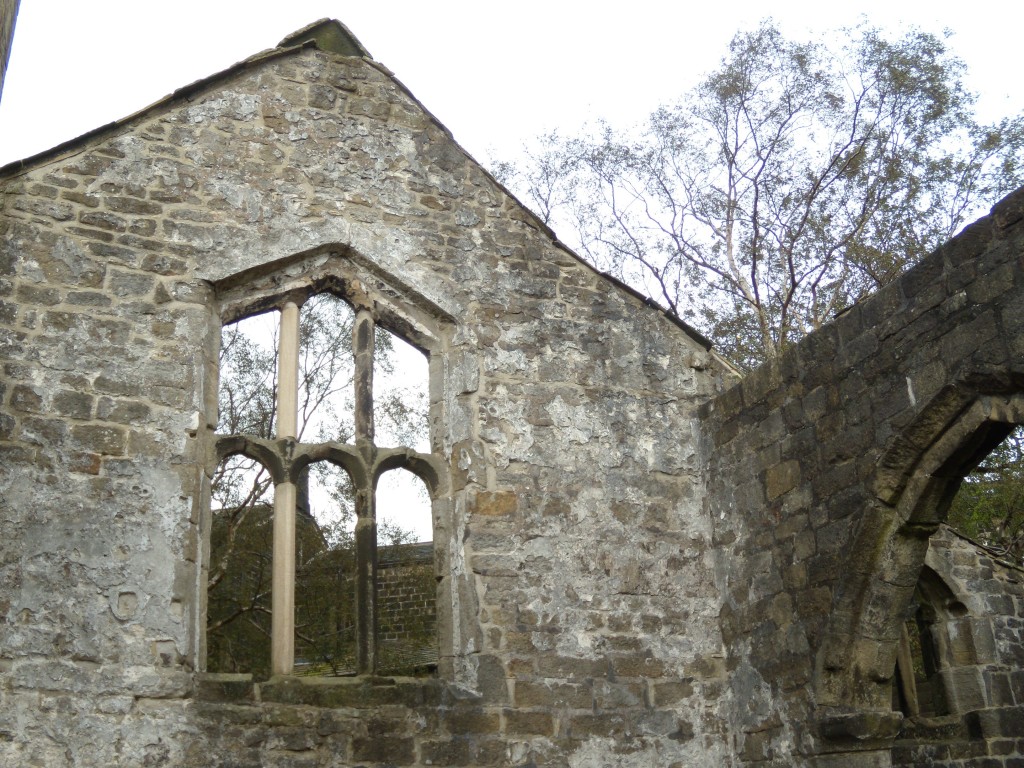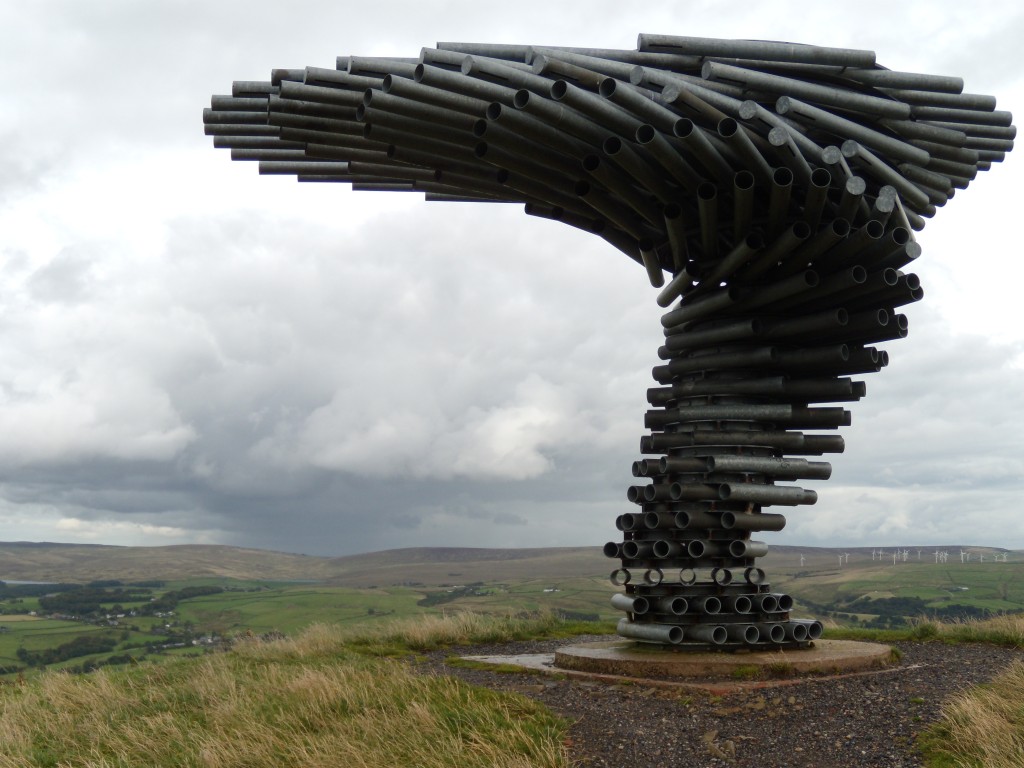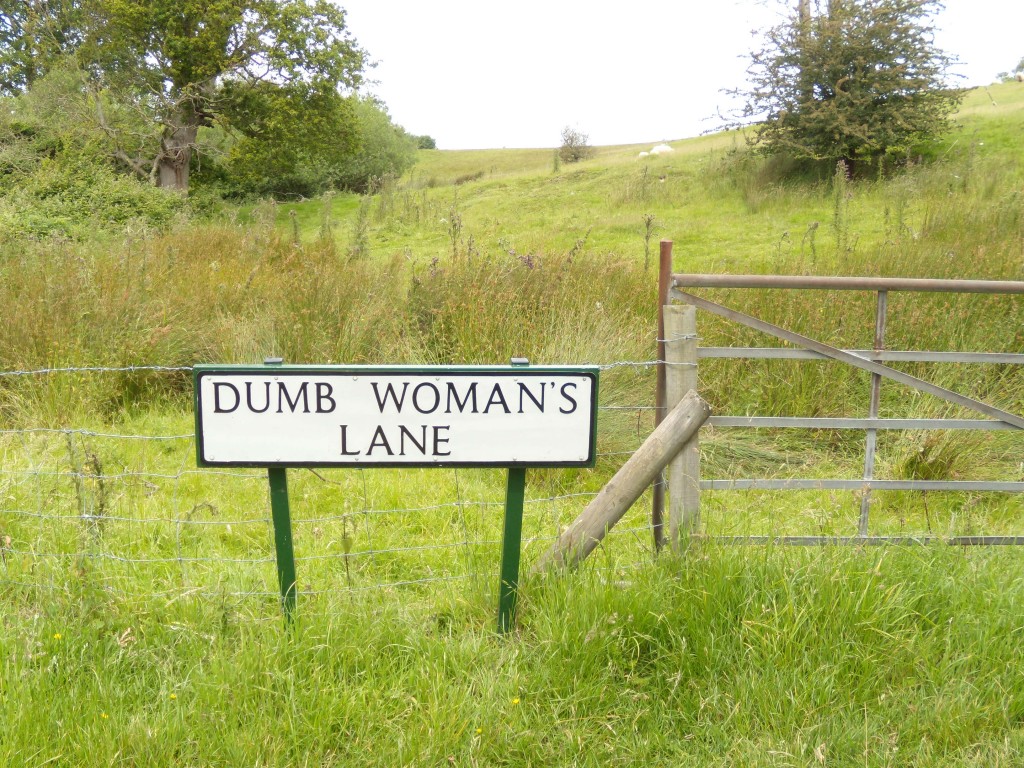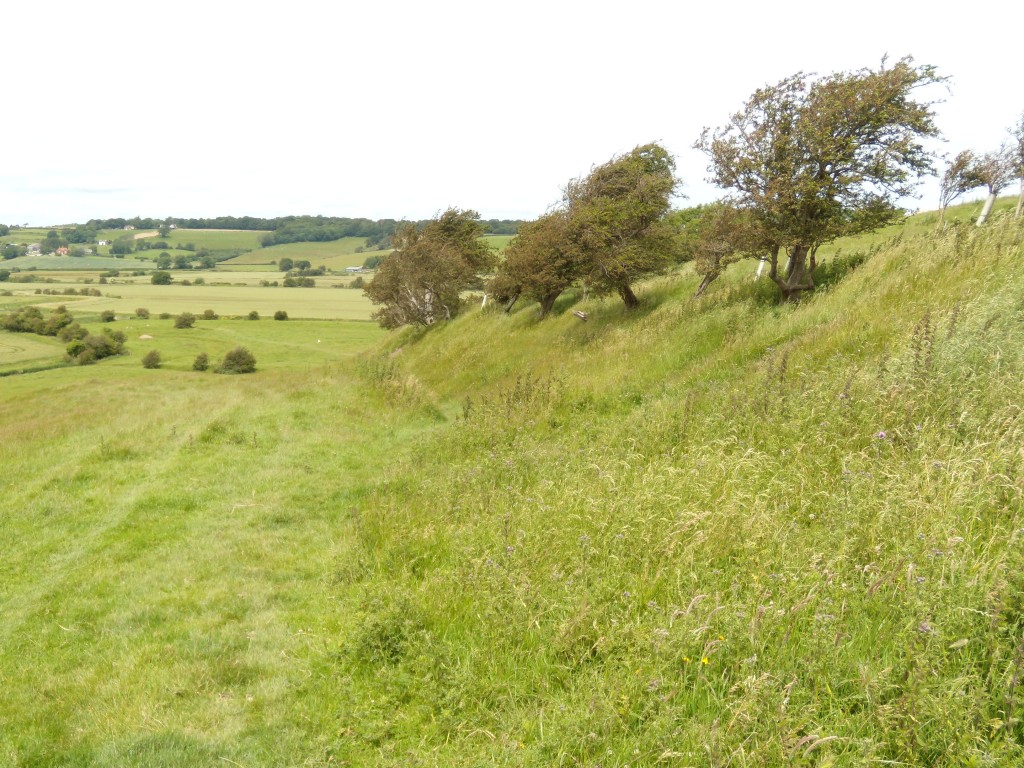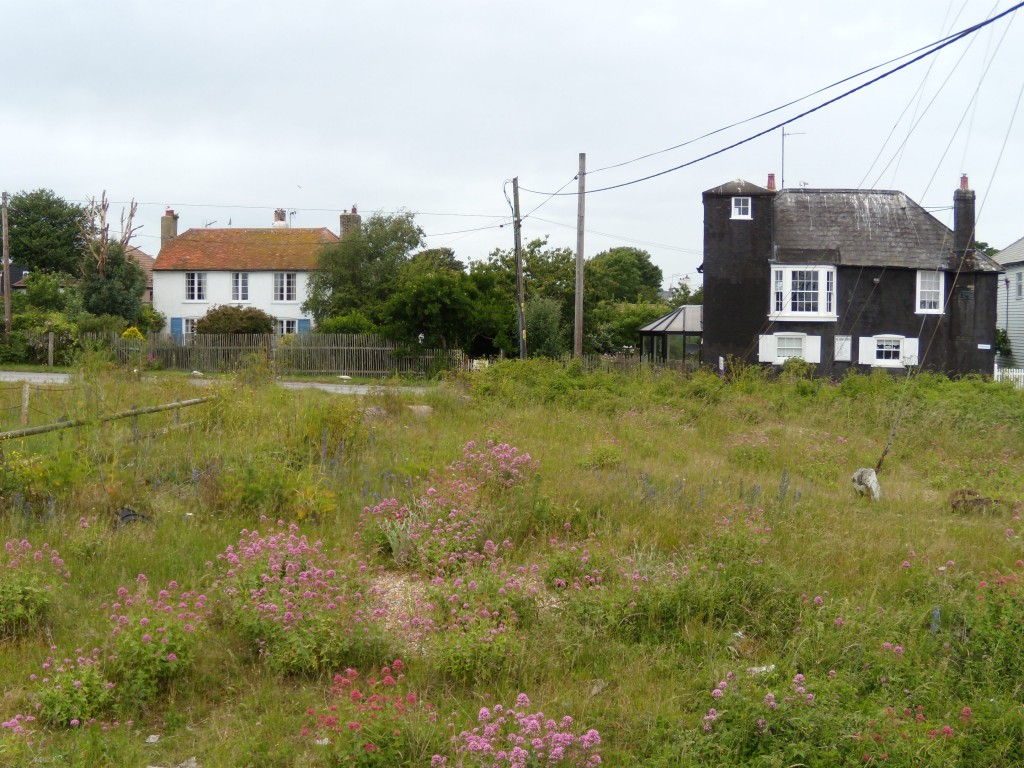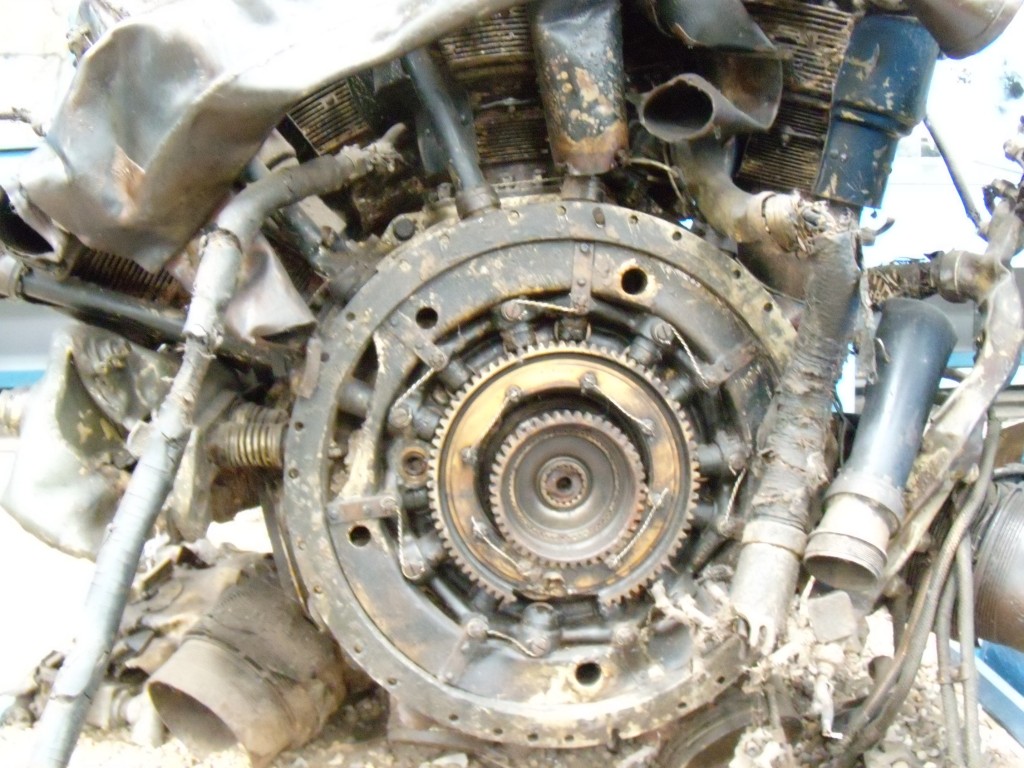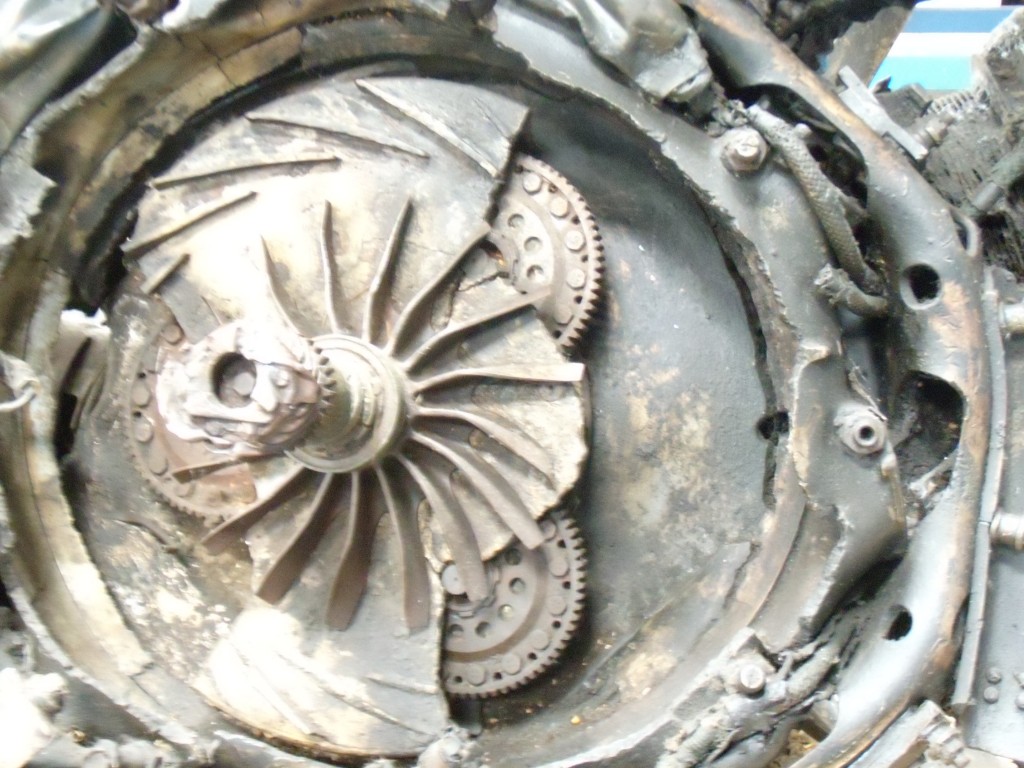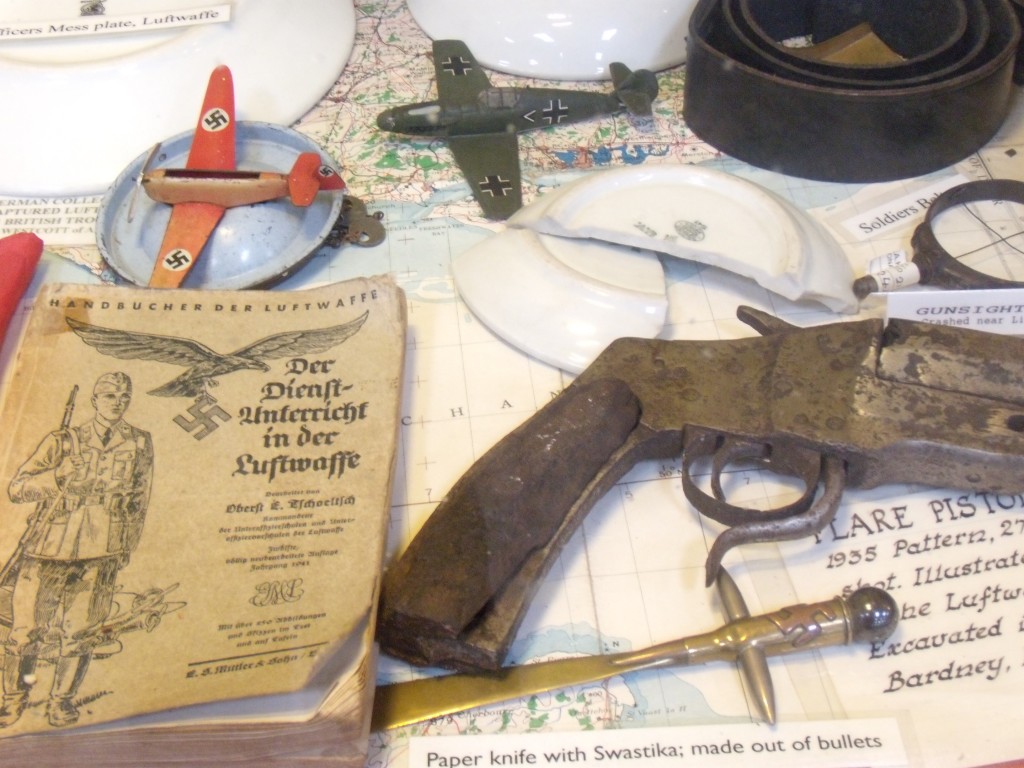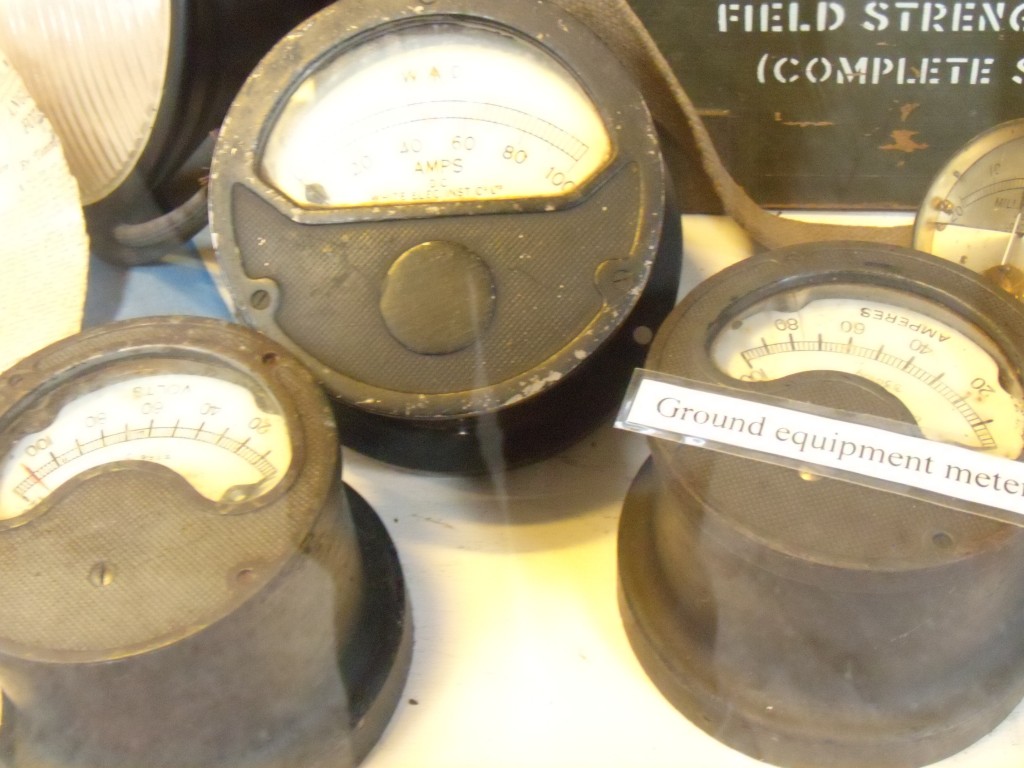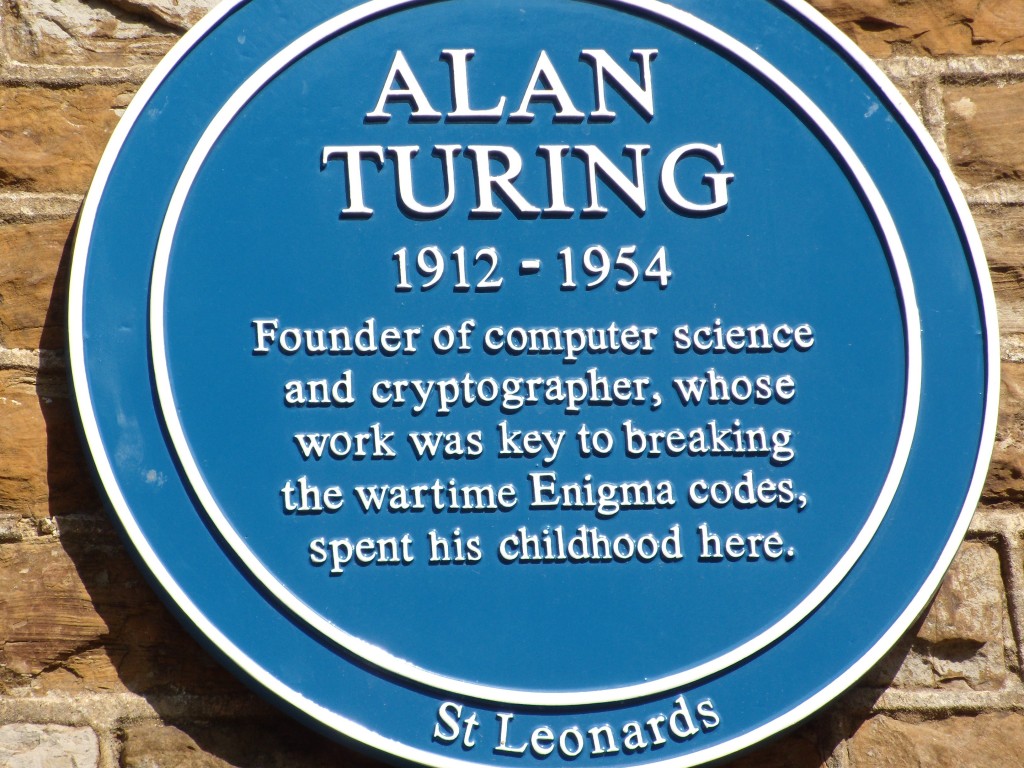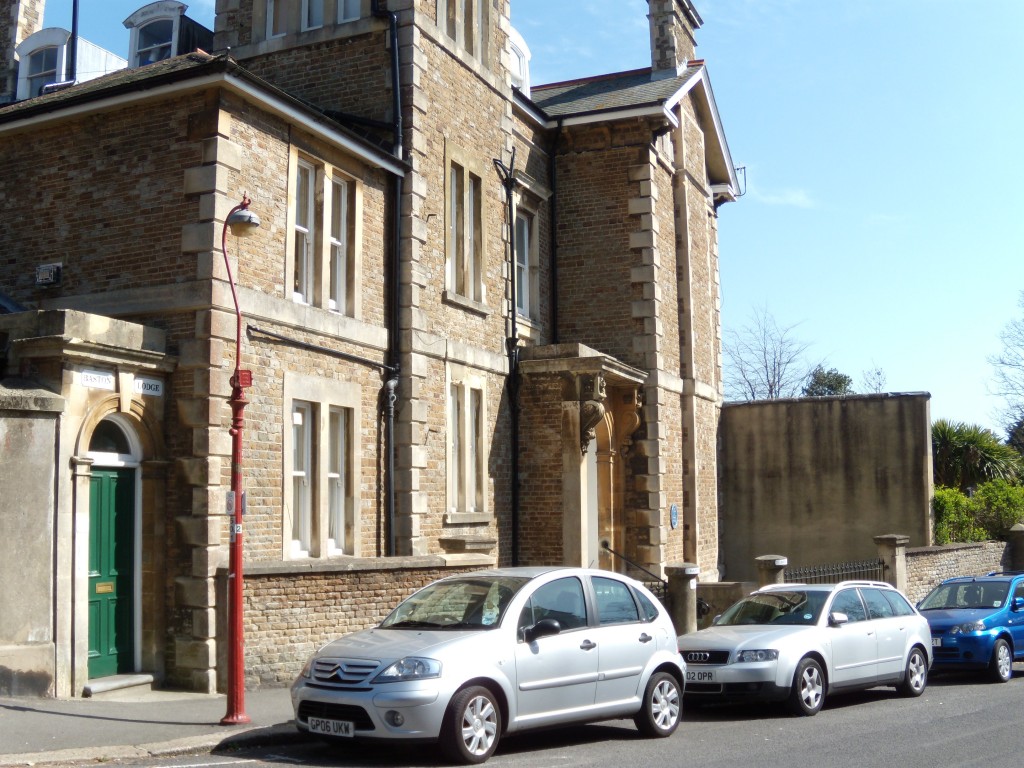Yesterday we went to Woking. Not the most adventurous of day trips on the face of it, but exciting to us, nonetheless. There’s H. G. Wells, for a start. Wells moved to Woking in 1895, the same year The Time Machine was published. He went on to write the three further ‘scientific romances’ that make up the core of his science fiction output in the house he shared with his wife Amy at 143 Maybury Road.
The most famous of these is of course The War of the Worlds, published in 1898 and set in and around Woking, with particular reference to nearby Horsell Common, which is where Wells had his Martians make their landing. I always enjoy visiting sites of special literary interest, and wandering around in the sandpits of Horsell Common was a genuine thrill. Surrey is hopelessly changed now from when Wells lived there, of course – but the peace and beauty of Horsell Common remain. Standing in the dappled sunlight between the trees, it’s still possible to get a sense of the shock and wonder Wells surely aimed to generate by setting his novel of alien invasion here, and our visit to the Common has made this landmark work come newly alive for me. I also greatly enjoyed seeing the ‘Woking Martian’ sculpture by Michael Condron in Woking town centre. It’s a work of great beauty and elegance, and for me it seemed to capture the spirit and the imaginative world of Well’s novel perfectly.
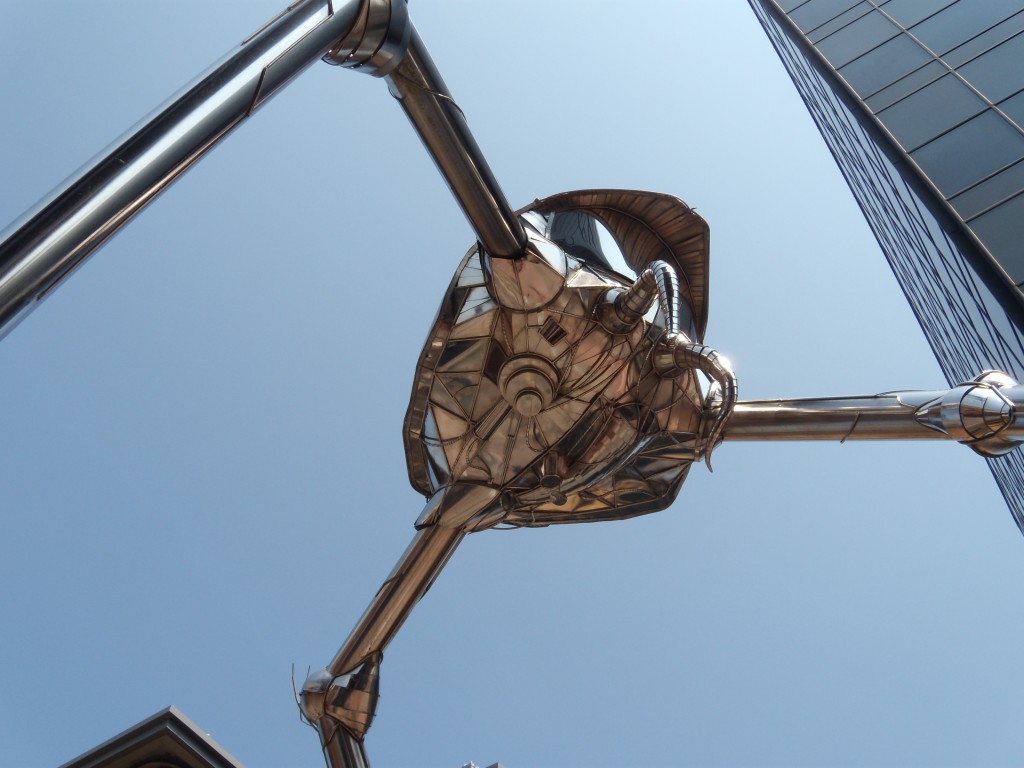
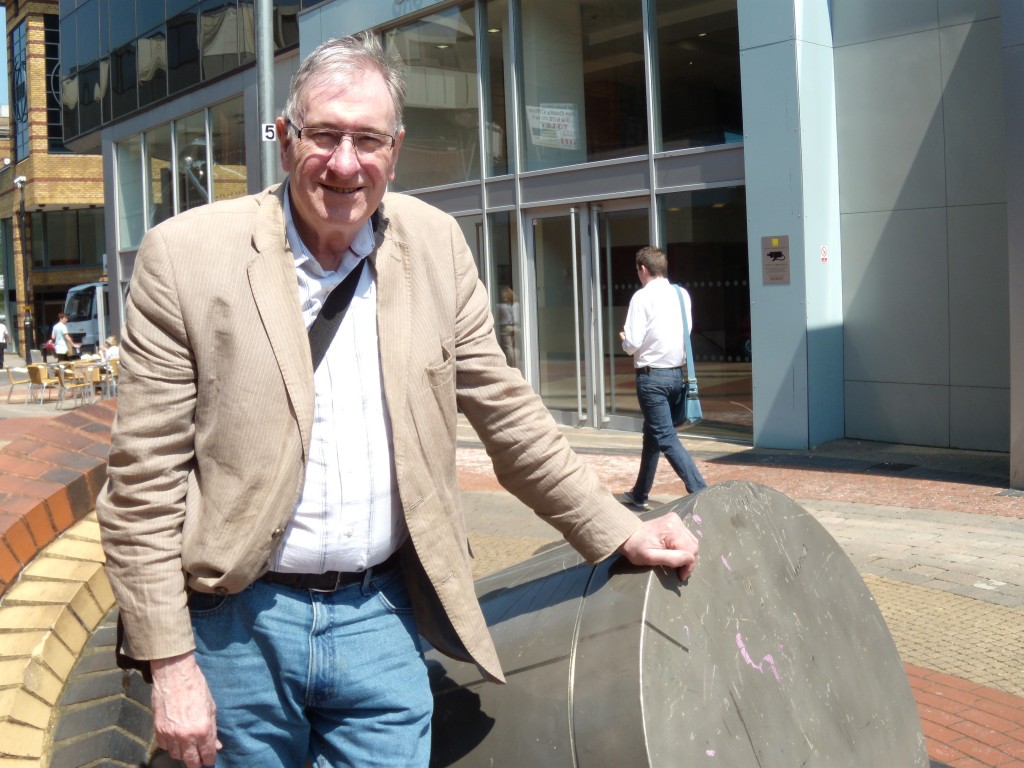
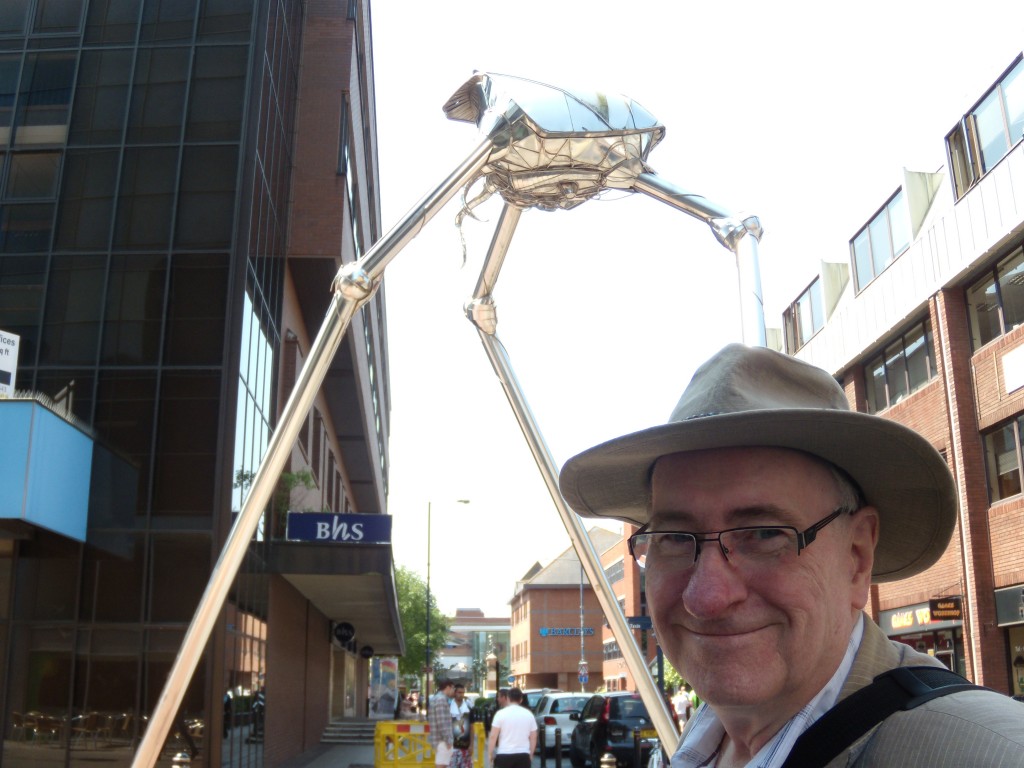 Our main reason for visiting Woking yesterday though was this little chap:
Our main reason for visiting Woking yesterday though was this little chap:
But more of him later this summer.
(You can see Chris’s amazing photo of the Woking Martian and read his thoughts on our Wellsian pilgrimage here.)
